The views expressed in our content reflect individual perspectives and do not represent the authoritative views of the Baha'i Faith.
Many parents believe that teaching their children to appreciate racial diversity will help them navigate a diverse world—but I’ve come to believe that’s not enough.
My children have taught me that it is not enough to simply “appreciate” the diversity the human race offers. Instead, our spiritual and personal development requires constant action—and interaction—to learn from others: working with persons of different races and ethnicities toward a common goal.
In our home, we base what we tell our children about race on the Baha’i teachings, which first ask us all to learn a lesson about the beauty of diversity from the natural world:
Let us look rather at the beauty in diversity, the beauty of harmony, and learn a lesson from the vegetable creation. If you beheld a garden in which all the plants were the same as to form, colour and perfume, it would not seem beautiful to you at all, but, rather, monotonous and dull. The garden which is pleasing to the eye and which makes the heart glad, is the garden in which are growing side by side flowers of every hue, form and perfume, and the joyous contrast of colour is what makes for charm and beauty. – Abdu’l-Baha, Paris Talks, pp. 52-53.
One of the primary Baha’i principles—the elimination of all forms of prejudice—asks that we raise our children to accept and treat every human being equally. However, the Guardian of the Baha’i Faith, Shoghi Effendi, wrote that when individuals—whether white or people of color—try to root out and eliminate racial prejudice they cannot:
… think that such a problem can either easily or immediately be resolved. Let neither think that they can wait confidently for the solution of this problem until the initiative has been taken, and the favorable circumstances created, by agencies that stand outside the orbit of their Faith. Let neither think that anything short of genuine love, extreme patience, true humility, consummate tact, sound initiative, mature wisdom, and deliberate, persistent, and prayerful effort, can succeed in blotting out the stain which this patent evil has left on the fair name of their common country. – Shoghi Effendi, The Advent of Divine Justice, pp. 40-41.
Knowing this effort is required of us for our own spiritual development, my husband and I volunteer regularly, particularly with the refugee community. These volunteer efforts have also provided opportunities for personal discussions with our children on our impressions of racial differences, on the impact of race for opportunities and refugee treatment by the community as a whole, and on individual interactions with refugees to learn of similarities, differences, and fundamental beliefs. Our real-world interactions with people from different racial and cultural backgrounds have helped our kids understand that we’re all human, and all different.
The race conversations parents have with their children depend on each family’s own racial and ethnic backgrounds and experiences within society. As a white woman married to a Persian man in the Midwest, I have had to address issues of race with my children in ways that were true to their experience as half-white, half-Persian kids. My daughter made this comment while watching a movie: “She’s brown like me! And she has my hair!” It surprised me because I had never had to consider the effect of not routinely seeing a figure of one’s likeness in advertising or media. While I was previously unaware that diversity in film or media could make any substantial impact on individuals, I now find myself grateful when my children see a character with intelligence and confidence that looks like them.
So how do we, parents and children both, go about understanding and embracing the many different races and ethnicities? The Baha’i teachings say that individuals “… must understand that no real change will come about without close association, fellowship, and friendship among diverse people.” – The National Spiritual Assembly of the Baha’is of the United States, The Vision of Race Unity: America’s Most Challenging Issue, p. 10.
Involving your family in a truly diverse spiritual community, with people from all racial and ethnic backgrounds, will help each child, and each adult, to see that human beings have much more in common than not. Children whose parents have a wide variety of friends from many different racial and ethnic backgrounds will grow up with diversity as a normalized facet of life. But diversity and understanding of cultural differences won’t occur without the individual drive and true effort of the parents to help their children overcome any personal prejudices and ignorance by involving their children in a truly diverse community.
A child’s understanding of race and ethnicity should be ongoing. I knew my child was ready to discuss such important matters of race when she brought it up: “She is black” or “she has brown skin like me!” The discussion was age-appropriate, and I tried my best to answer her questions, along with any follow-up ones. I knew her curiosity had been satisfied when she moved on to the next question.
Children learn through their parent’s action or inaction, so a child learning about race truly depends upon the parent. Engaging in frank conversations about race, developing close relationships with people from different racial and ethnic backgrounds, and providing a curriculum of spiritual and personal development all provide pivotal foundations for your child’s understanding of issues related to race.




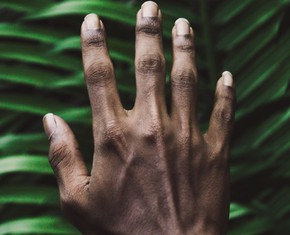
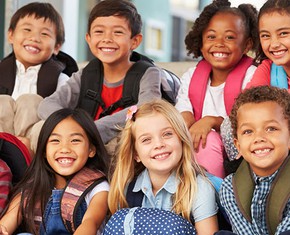
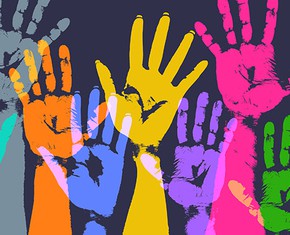
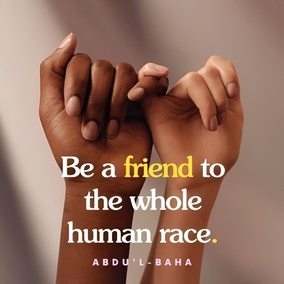
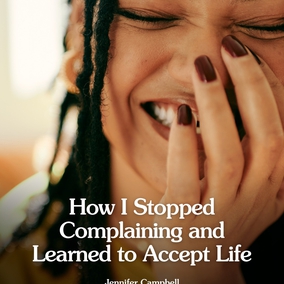
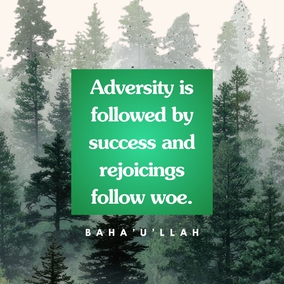

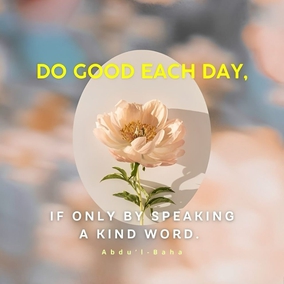
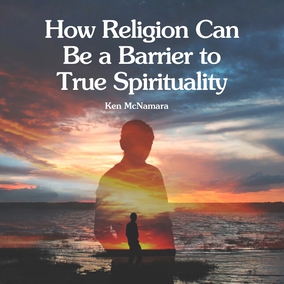
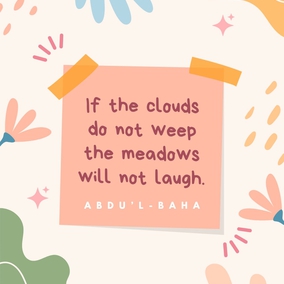


Comments
Sign in or create an account
Continue with Googleor